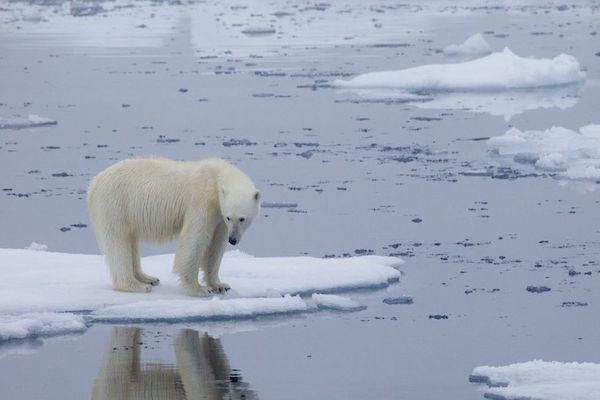Many climate change campaigns and organizations have recently marketed themselves using images of polar bears losing their habitat. Unfortunately, this has led the polar bear to be viewed as the global icon for our climate crisis.
The polar bear has become so widespread because it does an excellent job of playing on an audience’s emotions and convincing them that there is an urgent problem on Earth. The imagery of a polar bear is also much more captivating than a scientific graph or chart of increasing sea levels or extreme weather event occurrences.
However, using polar bears as the sole embodiment of our changing climate is flawed. For one, it only represents one effect of climate change — global warming — and not climate change itself. It neglects to address other facets such as extreme weather events, land degradation, ocean acidification, etc. While global warming is significant, we need to communicate other aspects of climate change as well, such as severe blizzards or colder winters. Thus, conveying these other elements is vital because it combats much of the misinformation surrounding our climate and gives the audience a more holistic understanding of our planet.
Moreover, using polar bears is problematic because most people do not live anywhere near the polar bear habitat, distanced from their personal reality — thus making climate change feel far removed from our lives. Since climate change is anything but a distant phenomenon, a symbol that conveys the ways in which the climate crisis affects humans could be more compelling and push more people to act.
All that said, even though using the polar bear as the icon of climate change is limited in conveying the full scope of our climate crisis, it has its benefits. It can act as an agent of opening up the conversation about environmental issues and inspiring viewers to dive deeper into learning about climate change.
![]()
- USA
